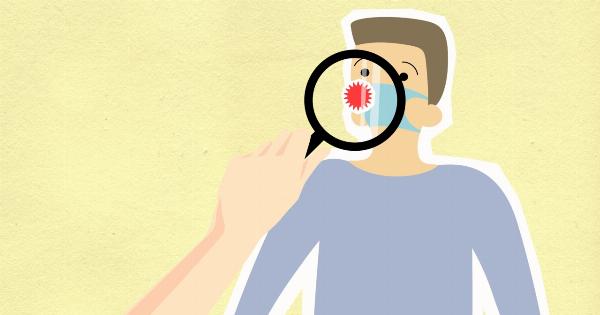The current health crisis has brought about significant challenges and upheaval in our lives and communities.
With the rampant spread of the epidemic, our normalcy has been disrupted, and we find ourselves grappling with the aftermath of this devastating situation. In this article, we will delve into the ways in which the epidemic is wreaking havoc on our physical and mental well-being, as well as its impact on our communities.
1. Rising Mortality Rates
One of the most alarming consequences of the health crisis is the surge in mortality rates. The epidemic has claimed the lives of countless individuals, leaving families devastated and communities mourning.
This unprecedented loss of life has not only resulted in profound grief but has also overwhelmed healthcare systems across the globe.
2. Strained Healthcare Systems
The overwhelming influx of patients has put an immense strain on healthcare systems worldwide. Hospital beds, medical staff, and essential supplies have become scarce resources, leading to compromised healthcare quality.
The inability to adequately address non-epidemic related health issues has further exacerbated the impact on individuals and communities.
3. Mental Health Crisis
While the epidemic has undoubtedly taken a toll on physical health, the mental health implications cannot be overlooked. Isolation, fear, and uncertainty have led to a mental health crisis of unprecedented proportions.
Depression, anxiety, and other mental health disorders have surged as individuals grapple with the stress and challenges brought about by the epidemic.
4. Economic Fallout
The epidemic has triggered an economic downturn, leaving millions without jobs and livelihoods. Businesses, both small and large, have been forced to shut down, resulting in financial instability and exacerbating existing socio-economic disparities.
The economic fallout has disrupted communities, leading to increased poverty rates and struggles to meet basic needs.
5. Educational Disruption
Another aspect severely impacted by the health crisis is the education sector. Schools and universities have faced closures and disruptions in curriculum delivery.
The shift to online learning has posed challenges for both students and educators, contributing to learning gaps and unequal access to education. The long-term consequences of educational disruption remain a concern.
6. Social Cohesion and Community Engagement
The epidemic has strained social cohesion and community engagement. Social distancing measures and lockdowns have limited in-person interactions, leading to a sense of isolation and disconnection.
Traditional community gatherings and events have been put on hold, impacting cultural practices and diminishing the sense of unity within neighborhoods and societies.
7. Healthcare Inequalities
The health crisis has further widened existing healthcare inequalities. Vulnerable populations, including low-income communities and marginalized groups, have been disproportionately affected by the epidemic.
Limited access to healthcare services, lack of resources, and systemic disparities have amplified the health risks faced by already marginalized individuals, worsening health outcomes and perpetuating inequalities.
8. Disruption of Routine Healthcare
Non-epidemic related routine healthcare has suffered greatly during this crisis. Many elective procedures and screenings have been postponed or postponed indefinitely, leading to delayed diagnoses and treatments.
The consequences of these delays can be catastrophic, with potential long-term implications for individuals’ health and well-being.
9. Impact on Children and Youth
The health crisis has left a significant impact on children and youth. Disrupted education, limited social interactions, and increased mental health issues have all posed challenges for this vulnerable population.
The long-term consequences of these disruptions on their development and well-being are yet to be fully understood.
10. Glimmers of Hope
Despite the overwhelming challenges brought about by the epidemic, glimmers of hope have emerged. The scientific community has united to develop effective vaccines in record time, offering a light at the end of the tunnel.
Increased awareness and focus on public health measures have also contributed to curbing the spread of the disease.
Conclusion
The health crisis has undeniably wreaked havoc on our lives and communities. From rising mortality rates to economic fallout, its impact has been vast and far-reaching.
Addressing the aftermath of this crisis will require concerted efforts on individual, community, and global levels to restore both physical and mental well-being, rebuild economies, and promote equity in healthcare delivery.































